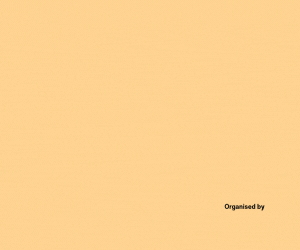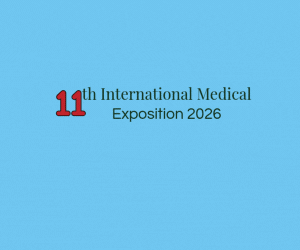
Dhaka: A boom in luxury travel, driven by demand for personalised itineraries and premium aircraft seating, is feeding into the U.S. hotel sector, where the price gap between premium and standard rooms is widening, new CoStar data shows.
High-end bookings are also outpacing lower-tier reservations.
Luxury hotel bookings rose 2.5pc in the year to September 2025, while mid- and lower-tier bookings fell, according to CoStar.
The trend is visible at Montage International, which is expanding overseas; Chief Executive Alan Fuerstman said revenue is up 8pc and that 2026 bookings remain strong.
The gains come despite a broader “Trump Slump” in U.S. travel linked to strained international relations, tariffs and market volatility. U.S. consumer sentiment is at a three-year low, yet luxury demand is helping support the sector.
“Thank God for luxury and ultraluxury,” Internova Travel Group executive Albert Herrera told media.
Luxury room rates have surged globally since COVID, rising 43pc in London, 50pc in New York, 109pc in Paris and 116pc in Rome, CoStar says.
Average daily rates in the luxury segment have reached a record $394 this year, or $168 above the next tier — 180pc more than the gap in 2008.
At the ultra-luxury end, the divide is sharper. In France, luxury rooms average $1,000 a night, while ultra-luxury options cost 160pc more; in New York, the gap is 230pc.
The trend reflects rising demand for exclusivity among affluent travellers, supported by post-pandemic bucket-list and multi-generational trips and by surging U.S. equity and real-estate wealth.
Corinthia Hotels CEO Simon Casson said profitability is flat across the group except at the refurbished Corinthia Surrey in Manhattan, where rooms start at $2,000 a night.
CoStar notes that high-end hotels worry less about occupancy, as guests paying premium rates expect space and exclusivity.
-B












